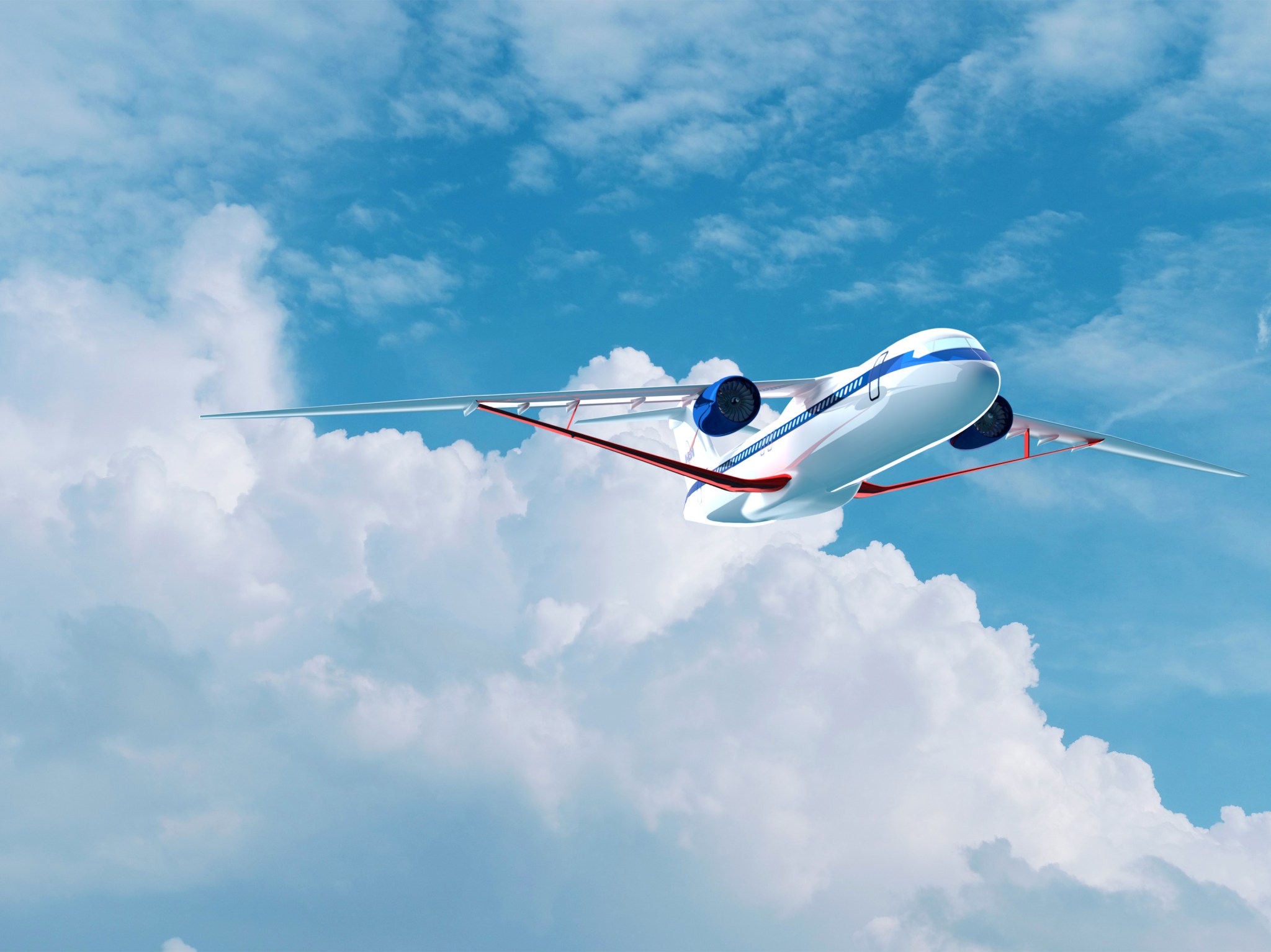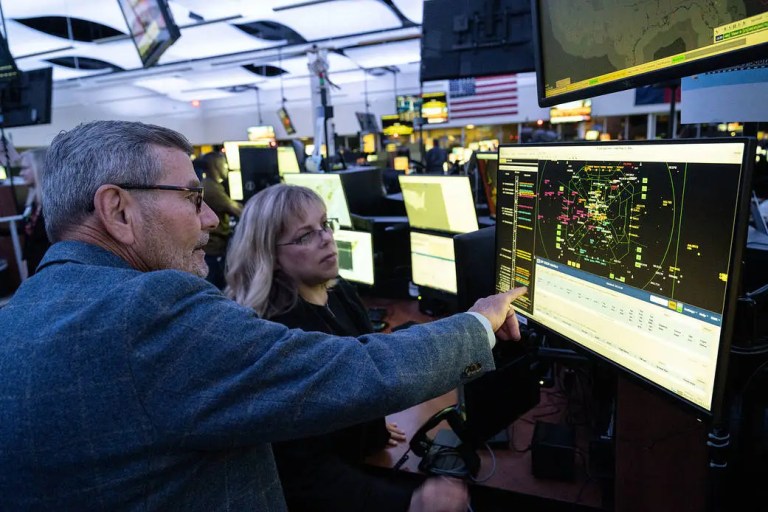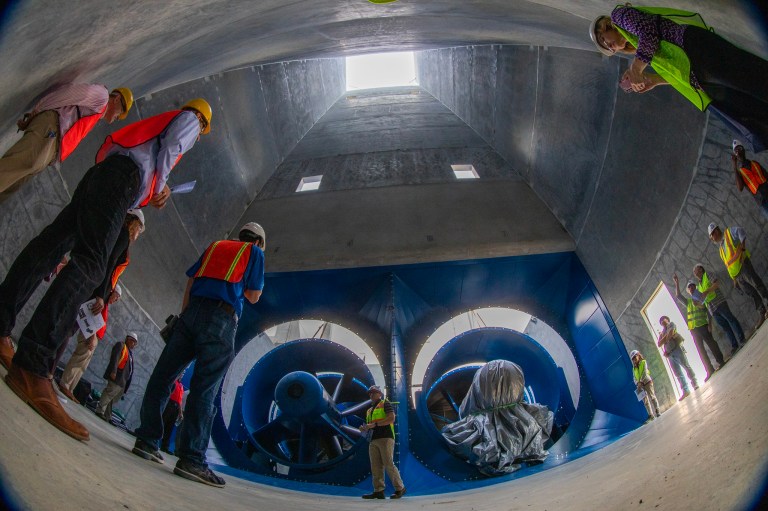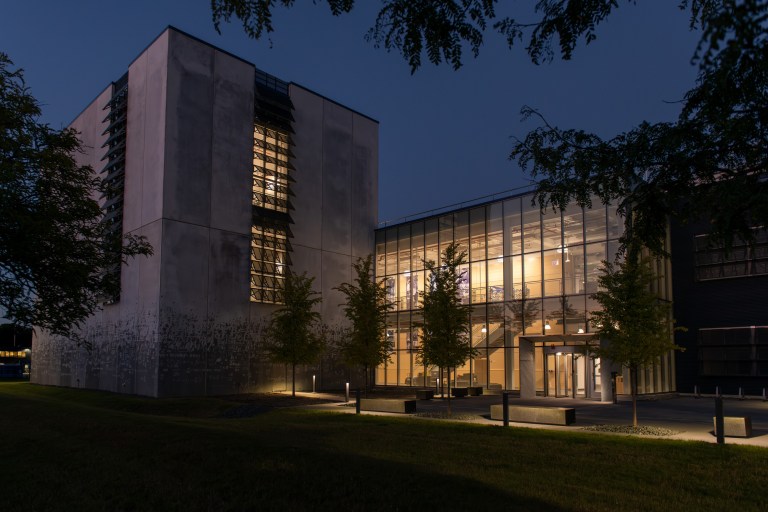NASA Aeronautics in 2023
In 2023, NASA advanced aviation technologies to improve passenger experiences, stimulate U.S. economic growth, and create a future of cleaner, quieter, and safer skies — all while working to support the U.S. goal of reaching net-zero aviation greenhouse gas emissions by 2050.
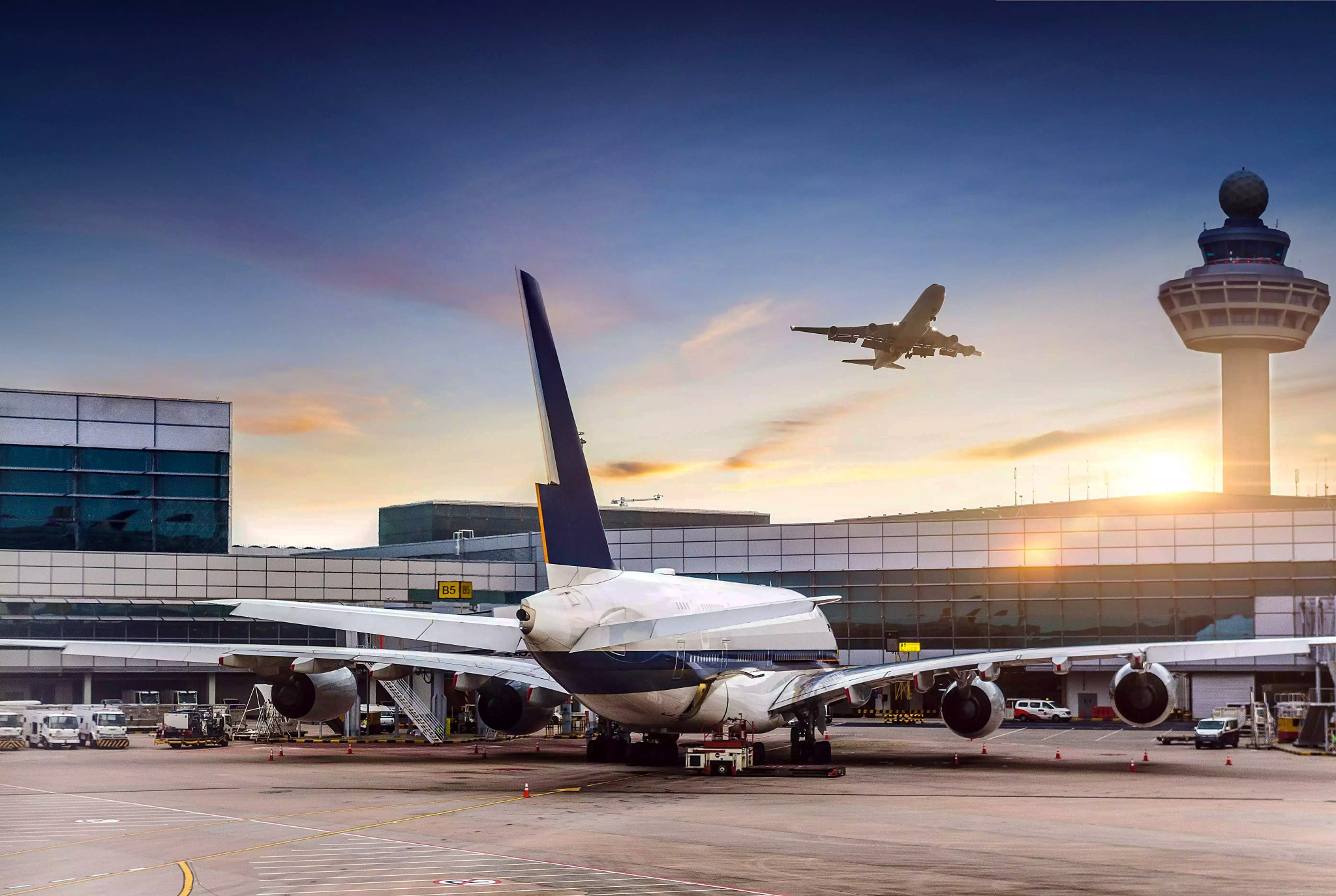
This year, NASA continued to make the impossible, possible while sharing our story of discovery with the world. … We’re making great strides to make aviation more dependable and sustainable.

Bill nelson
NASA Administrator
X-66 Introduced
Under a Funded Space Act Agreement, NASA and Boeing in 2023 began collaborating to build, test, and fly the X-66, a full-scale demonstrator aircraft intended to validate new fuel-efficient designs and green technologies aimed at lowering emissions for future single-aisle airliners. The X-66 represents a key step in helping the United States achieve its goal of net-zero greenhouse gas emissions from aviation by 2050.
Learn More About Sustainable Aviation about X-66 Introduced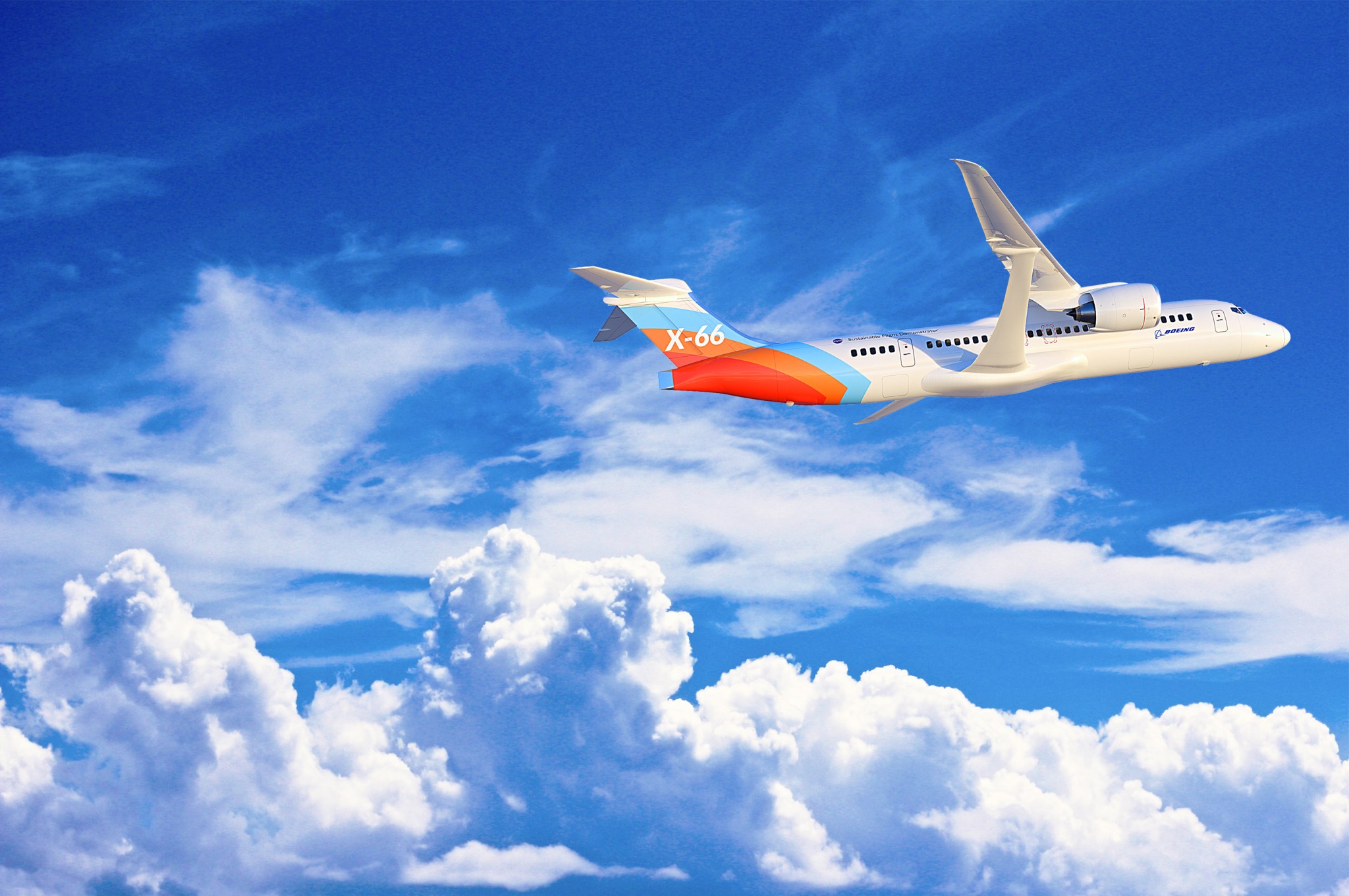
X-59: Assembly Complete
Assembly of the Quesst mission’s X-59 supersonic aircraft at Lockheed Martin’s Skunk Works in California was completed during 2023 with the installation of its jet engine, tail, and lower empennage. The aircraft was powered up, tested, and painted in anticipation of its official public debut and planned first flight in 2024.

Quesst Mission
Quesst is the name of NASA Aeronautics' mission to help take the first step toward enabling commercial, faster-than-sound air travel over land. The centerpiece of the mission is NASA's X-59 research aircraft. The experimental supersonic jet is designed with technology that reduces the loudness of a sonic boom to a gentle thump. NASA will fly the X-59 over select U.S. communities and take surveys to record what people think of the quieter sonic thumps. The human response data will be delivered to U.S. and international regulators, who will consider setting new rules that allow supersonic flight over land.
Stay up to date at the Quesst mission page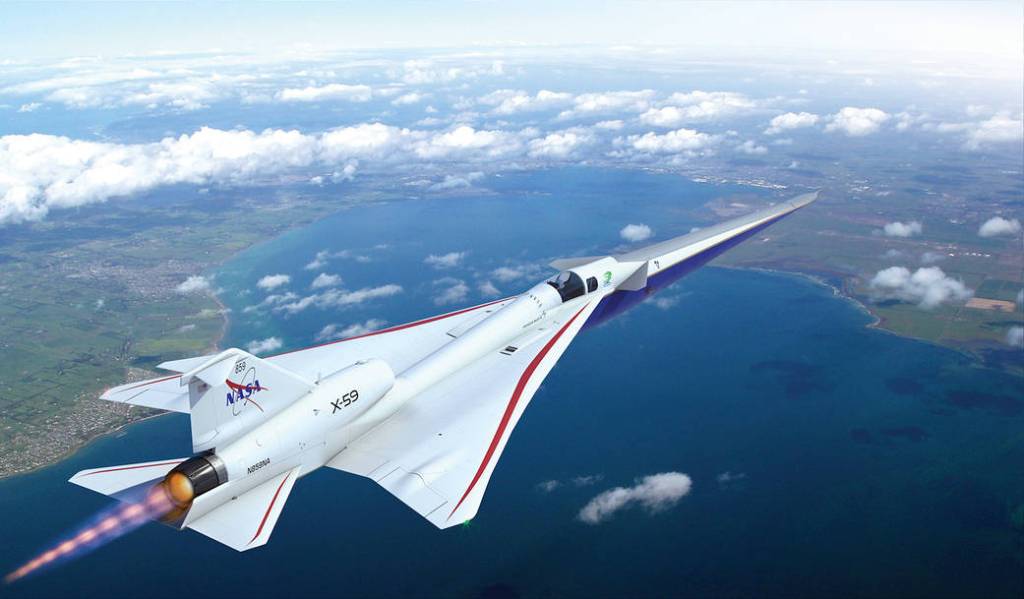
Drones & Fires
NASA began the Advanced Capabilities for Emergency Response Operations (ACERO) project during 2023. Through ACERO, NASA is using drones and advanced aviation communication technologies to improve wildland fire management operations. ACERO began collaboration with other parts of NASA, other government agencies, the scientific community, and commercial industries on developing a concept of operations that enables the safe use of drones in airspace restricted for operations around wildland fires.
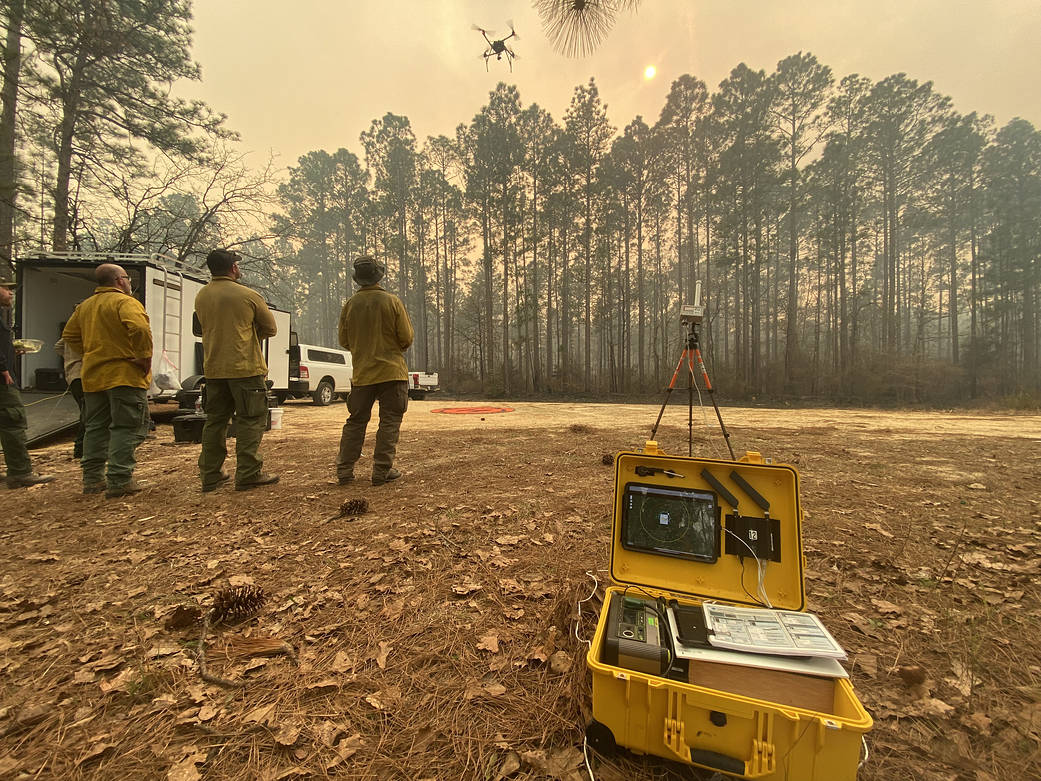
Advanced Air Mobility Mission
NASA’s Advanced Air Mobility (AAM) mission will transform our communities by bringing the movement of people and goods off the ground, on demand, and into the sky. This air transportation system of the future will include low-altitude passenger transport, cargo delivery, and public service capabilities. NASA is delivering data to guide the industry's development of electric air taxis and drones and to assist the Federal Aviation Administration in safely integrating these vehicles into the national airspace. This will set the stage for a flourishing industry by 2030.
Stay up to date at the AAM mission page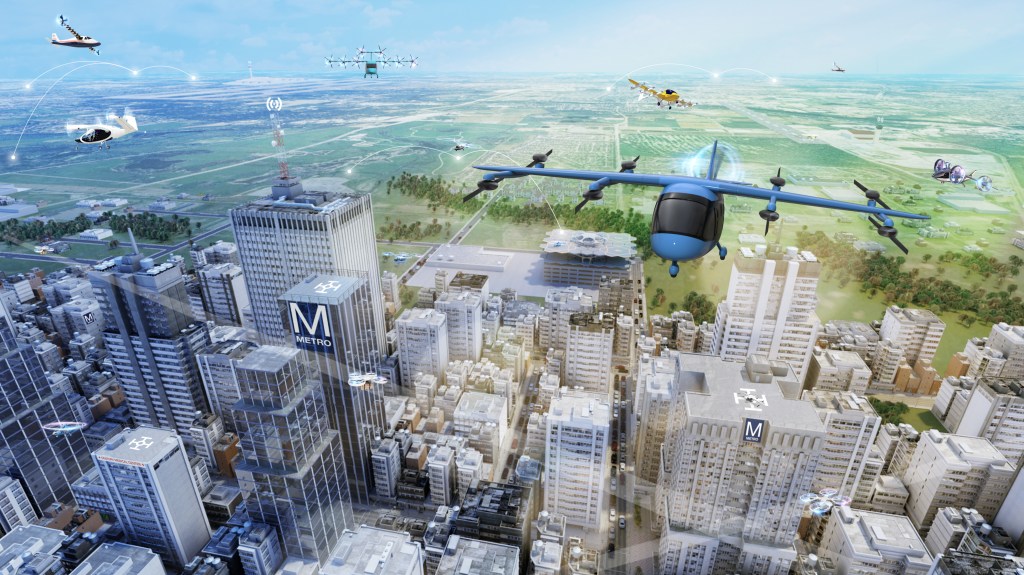
Unveiling a New Look
During 2023, GE Aerospace and magniX revealed the paint schemes for the hybrid electric aircraft — a Saab 340B and DeHavilland "Dash 7," respectively — they will fly as part of NASA's Electrified Powertrain Flight Demonstration project.
Read More About the Project about Unveiling a New Look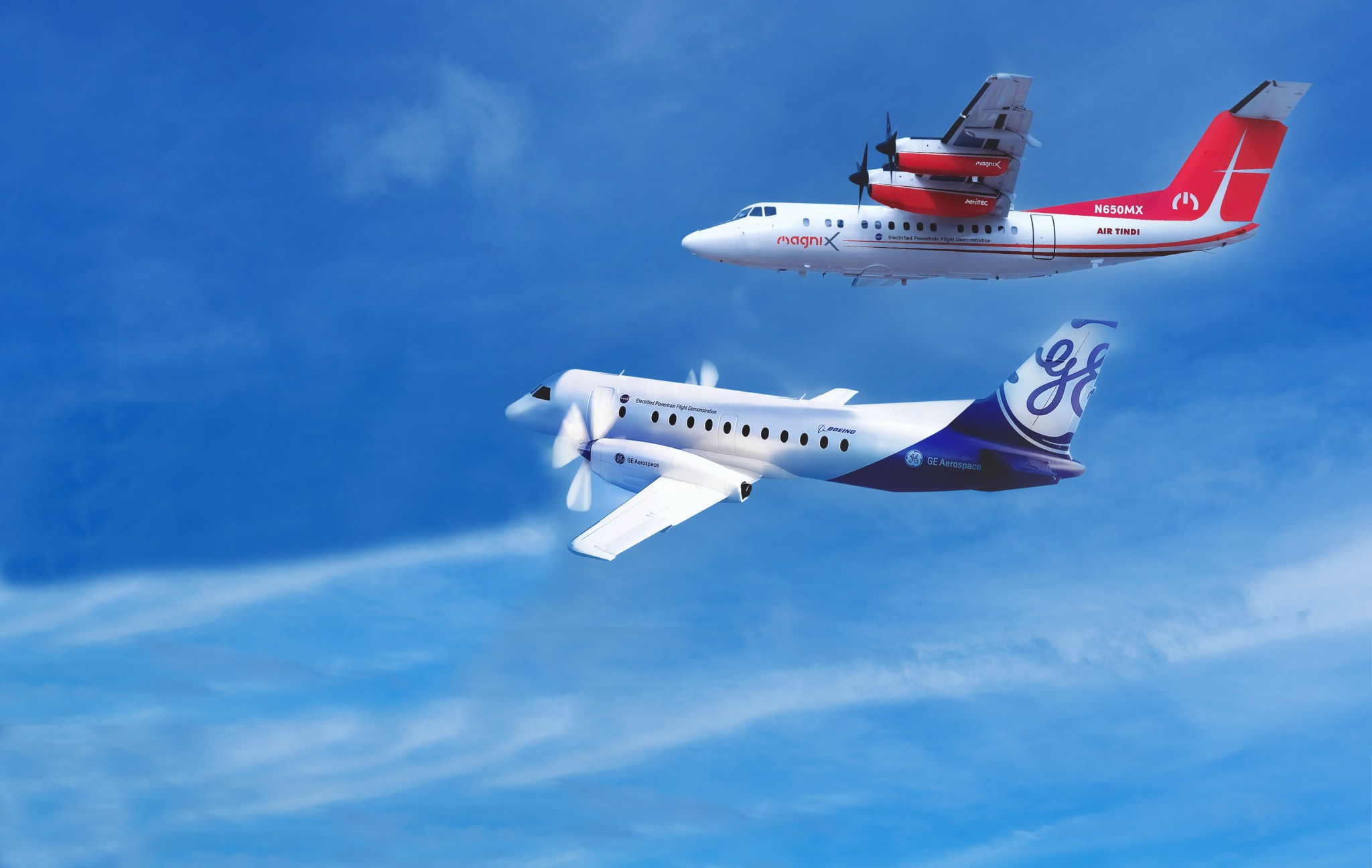
Aeronautics Research Contributions from NASA’s Field Centers
NASA’s New 3D-Printed Superalloy Can Take the Heat
NASA has demonstrated a breakthrough in 3D printable high-temperature materials that could lead to stronger, more durable parts for airplanes…
Read the Story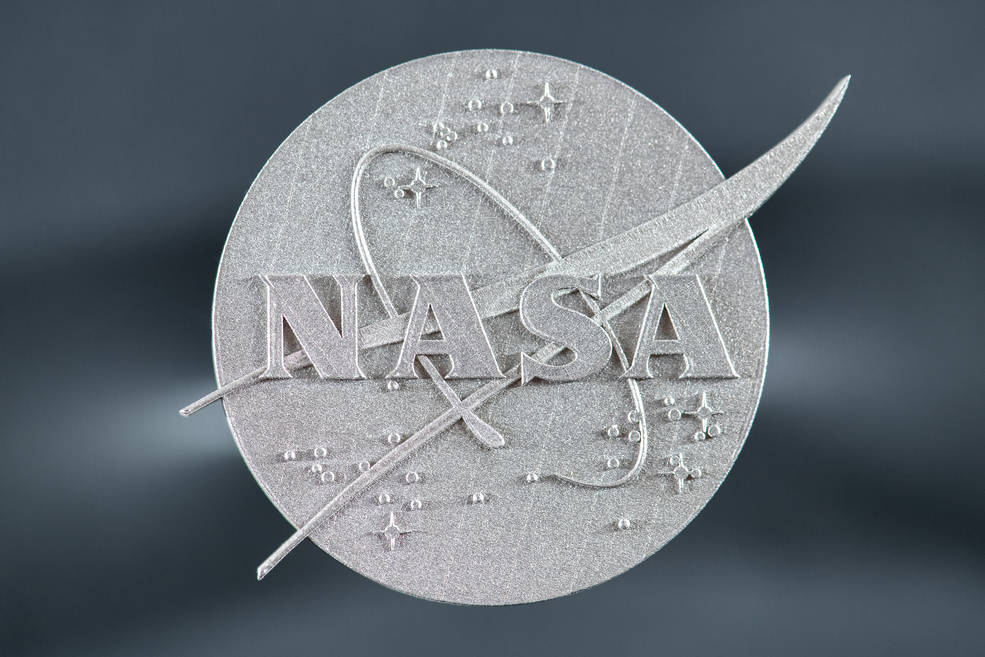
NASA Concludes Technical Challenge
NASA completed a significant research milestone towards achieving an In-Time Aviation Safety Management System in a future airspace safety system designed to prevent safety risks in the future National Airspace System. New airspace safety capabilities were developed as part of this milestone such as machine-learning predictive modelling tools, human performance studies, data analysis tools, and more.
Read the Full Story
NASA Details Top Stories for 2023
In 2023, as NASA pushed the limits of exploration for the benefit of humanity, the agency celebrated astronaut Frank Rubio becoming the first American astronaut to spend more than one year in space; delivered samples from an asteroid to Earth; sent a spacecraft to study a metal-rich asteroid for the first time; launched multiple initiatives to share climate data; advanced developments in sustainable aircraft; all while continuing preparations to send the first Artemis astronauts to the Moon.
Read the Full Story HereFuture of Aeronautics: Transforming Aviation
As we look forward over the next few years, at one end of the spectrum there will be iconic flight experiments that will demonstrate the viability of our vision for the transformation of 21st century aviation. And on the other end of the spectrum, groundbreaking new concepts and discoveries will fuel an even bolder vision of what is possible. We look forward to taking this exciting journey with you.
